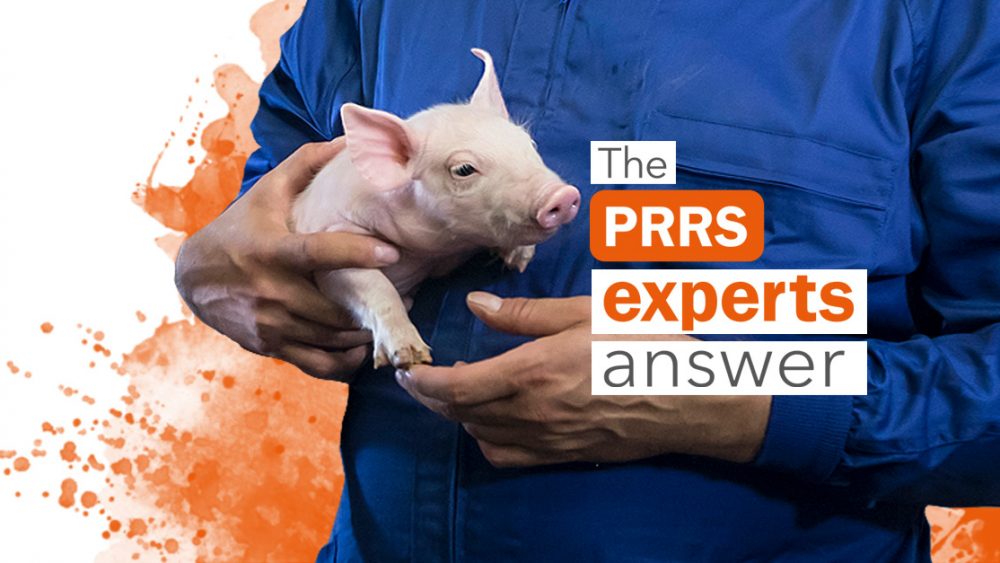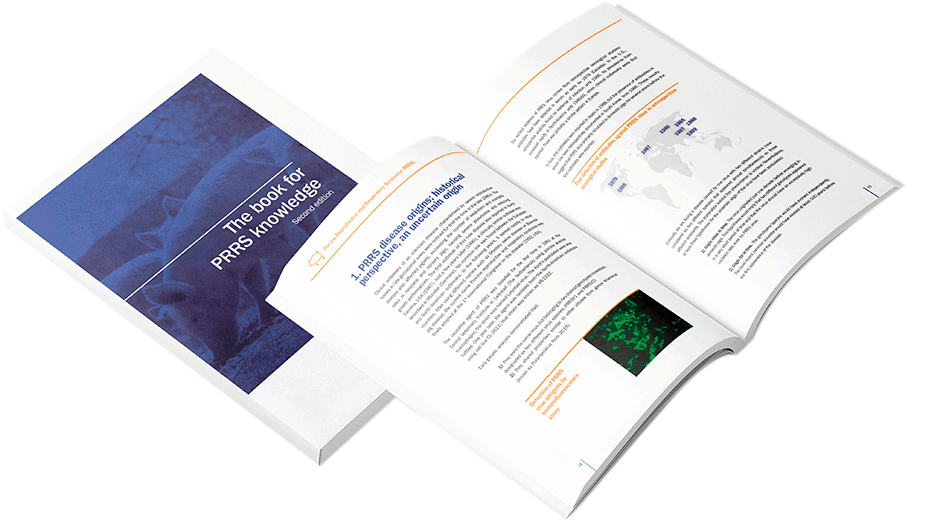I would recommend to include histologic investigation of lung and lymphatic tissues in the diagnostic work up.
Histologic lesions can be quite indicative of the causative agent involved in the pathogenesis of disease.
Also, in addition to routine H&E staining to evaluate lesions, specific staining techniques to identify pathogens – either at genomic or at protein level –within lesions can be performed like immunohistochemistry or in situ hybridisation.
For the diagnostic work up of PCV2, a quantification of viral DNA should be performed since it is known that clinical disease is associated with viral burden.
The detection of high viral load in several pigs is very indicative if there is involvement of PCV2 in the clinical problem.
In addition, the selection of pigs for diagnostics is important and will influence results; selecting pigs early during the cause of infection might also help to identify which pathogen comes first and is the major player in a disease outbreak.
Also, the use of vaccines to combat clinical disease due to viral infections might help identify the causative agent of the clinical problem on farm.
Particularly, vaccines against PCV2 for piglets have proven to be very effective when used at the right time and under appropriate conditions (make sure to exclude problems with vaccine storage, hygienic application, etc.).

University of Veterinary Medicine, Vienna




